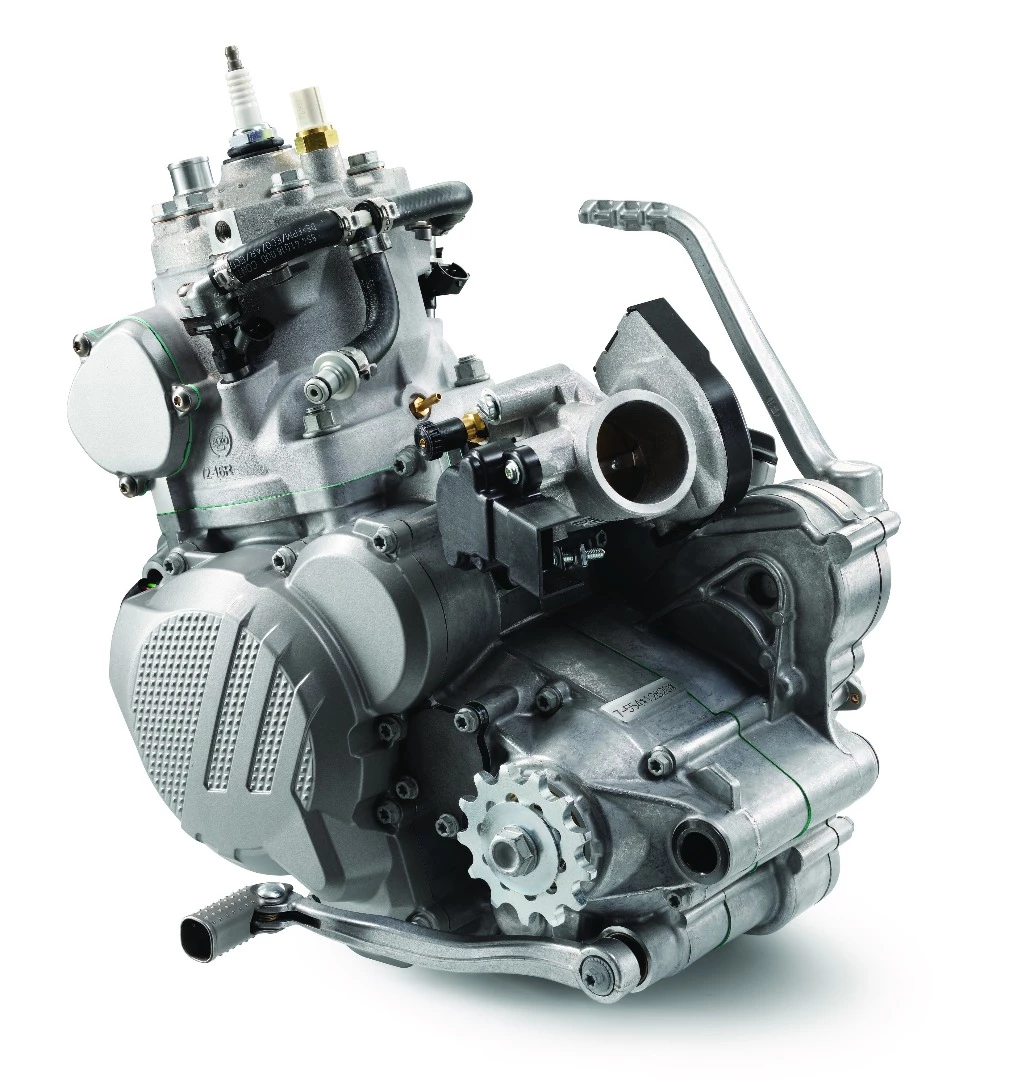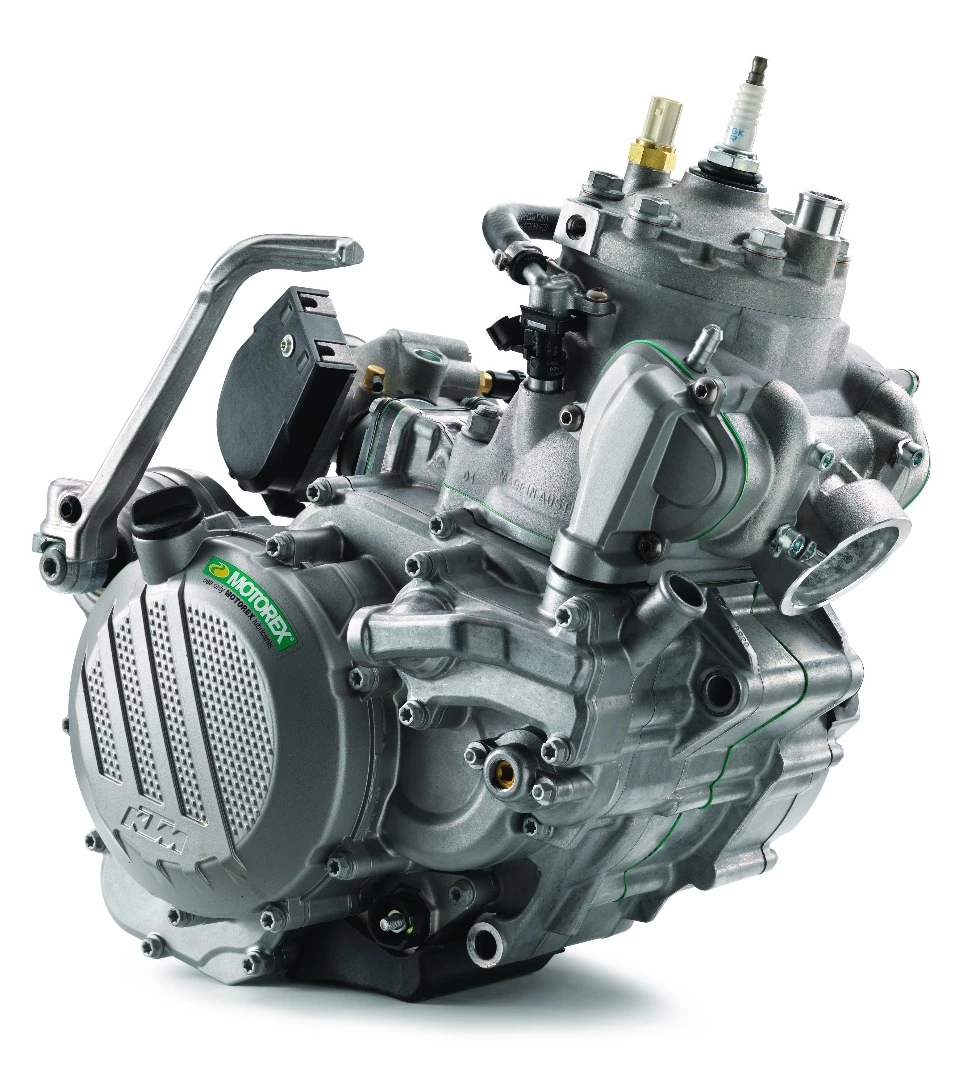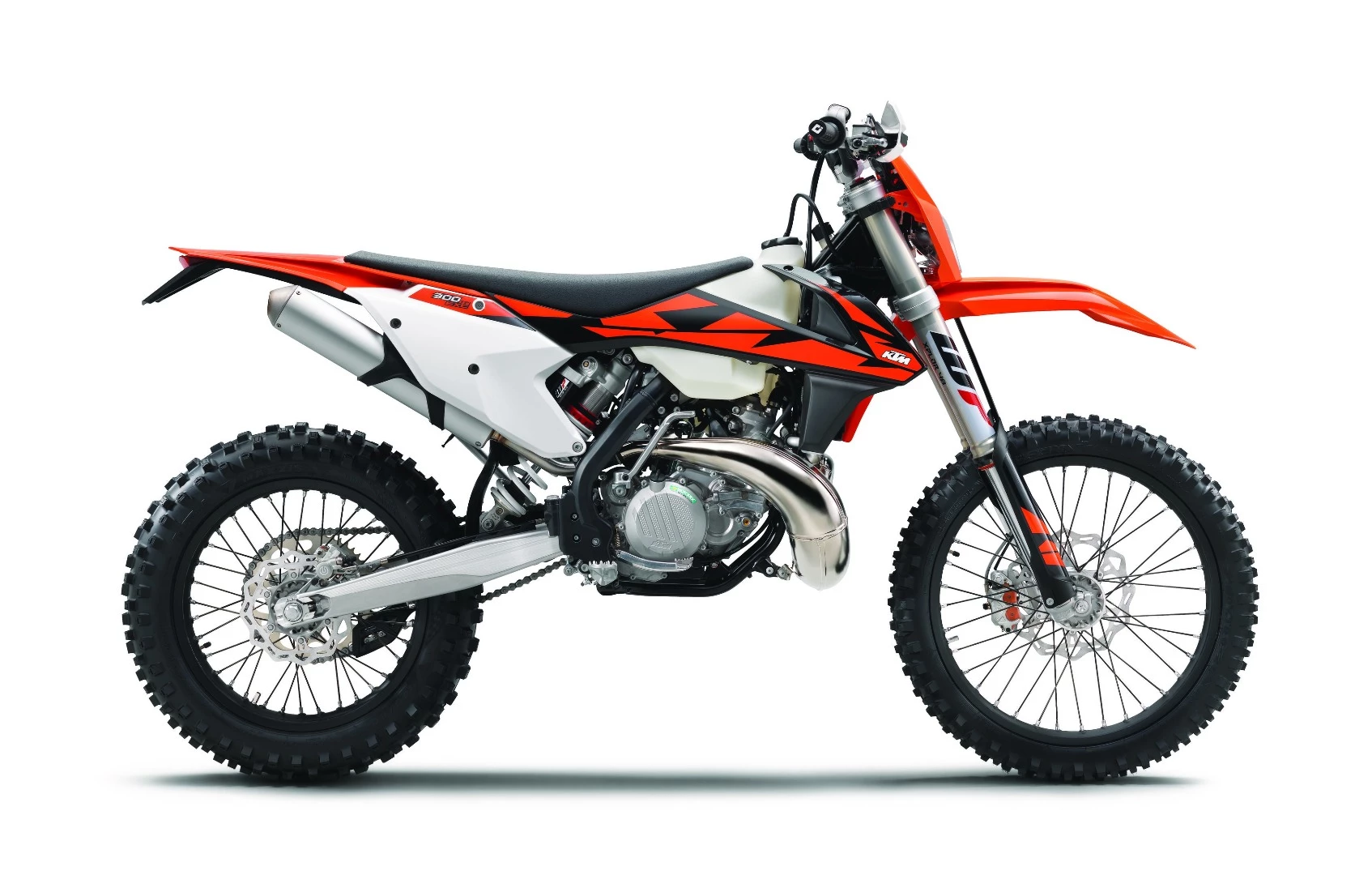As promised back in March, KTM has unveiled a fuel injected two-stroke engine that's expected to give four-strokes a good run for their money. Available in 250 and 300 cc capacities, the new single-cylinder motor promises the best of both worlds, all the while satisfying the strictest emission standards.
Austrian motorcycle manufacturer KTM made its name in the heyday of two-stroke off-road competition machines and it seems poised to honor this legacy, even if that means swimming against the stream. The company characterizes its new engine as a paradigm shift, although it didn't really need to reinvent the wheel in the process of designing oil-burning strokers that can easily fit into the environmentally friendly mold administered by modern legislation.
In fact, the new 250 and 300 EXC TPI enduro bikes that showcase the engine are based heavily on last year's two-stroke EXC range, with only the main parts that handle the breathing and fueling aspects of the motor changed.

Replacing the Mikuni carburetor of the basic EXC models and introducing the patented Transfer Port Injection (TPI) system is the key to KTM's new tech. Th TPI feeds the cylinder via two downdraft injectors that spray atomized fuel in the transfer ports at the back of the cylinder, mixing it with the flow of air and oil that is supplied through a throttle body designed by Italian specialists Dell' Orto.
The whole system is regulated by a precise new engine management system (EMS) developed by Synerject. With the help of a series of electronic sensors, the EMS defines the exact amount of fuel to be sprayed into the ports at any given moment, while another injector in the throttle body mixes tiny amounts of oil with the incoming airflow to ensure the lubrication of the engine's moving parts.
According to KTM, this injection system does away with all the typical blemishes that condemned two-strokes as environmental hazards in the past. The single-cylinder EXC TPI engine promises wide power delivery, low fuel and oil consumption, easy cold starts and no need for adjustments for altitude.

The oil is contained in a small reservoir under the central frame beam. KTM says the new engine runs on an 80:1 fuel-to-oil ratio, whereas until now the typical two-strokes would require a ratio around 40:1 on average. In practical terms, the oil container's 0.7 l (0.2 gal) are good for at least five 9-liter (2.4 gal) tanks of fuel, thus reducing the amount of smoke coming out of the exhaust by as much as 50 percent over pre-mix systems.
For 2018 KTM will produce two EXC TPI variants, one at 249 and another at 293.2 cc, differing only in cylinder bore. Weighing in at 103 kg (227 lb) in full trim without fuel, their engine performance figures are yet to be disclosed.
In every other aspect, the new enduros are identical to the basic 2017 EXC models. They are built around KTM's signature 25CrMo4 (chromium-molybdenum) steel alloy double cradle frame and lightweight aluminum sub-frame, with WP Xplor adjustable suspension that includes inverted 48 mm forks and a PDS rear shock, as well as Brembo brakes. The standard equipment list also includes a six-speed transmission paired with KTM's DDS clutch, in which a damped diaphragm steel basket setup is used instead of the typical coil springs.

The two new enduros will start shipping in June. No pricing details have been released, but reportedly both EXC TPI models are expected to be in the same ballpark as their four-stroke counterparts.
For KTM this shift seems to represent an important investment that relates directly to a similar trend in the enduro racing world. Two of its star riders – three times World Enduro champion Christophe Nambotin and Jonny Walker in Extreme Enduro – are now racing two-strokes, and are both expected to switch to the new fuel-injected models for next year.
Both the 250 and 300 EXC TPI are Euro 4 compliant, proving that all it took was the application of simple, well established tech to bring two-strokes up to date – and, most importantly, the will to move in this direction. It will be very interesting to see the reaction of other manufacturers, as well as whether KTM rolls out two-stroke-powered models in other market segments.
Source: KTM



